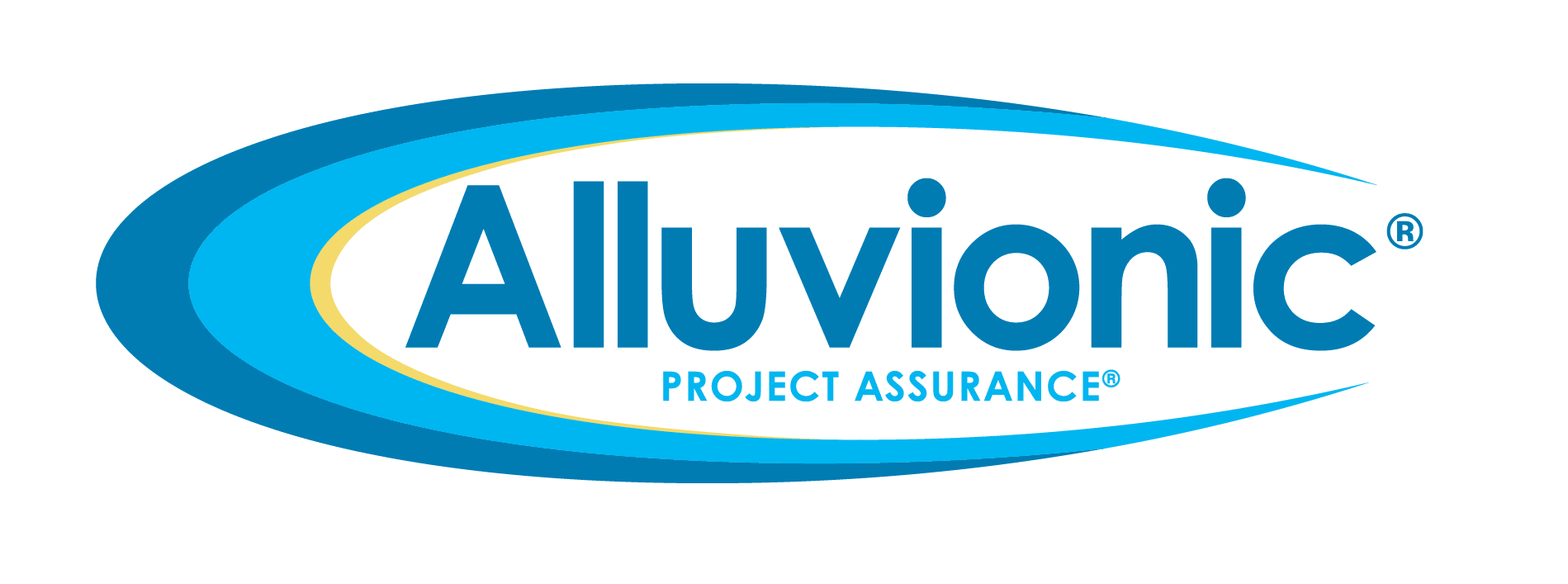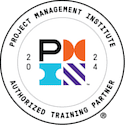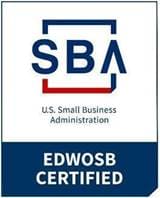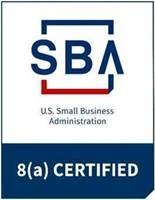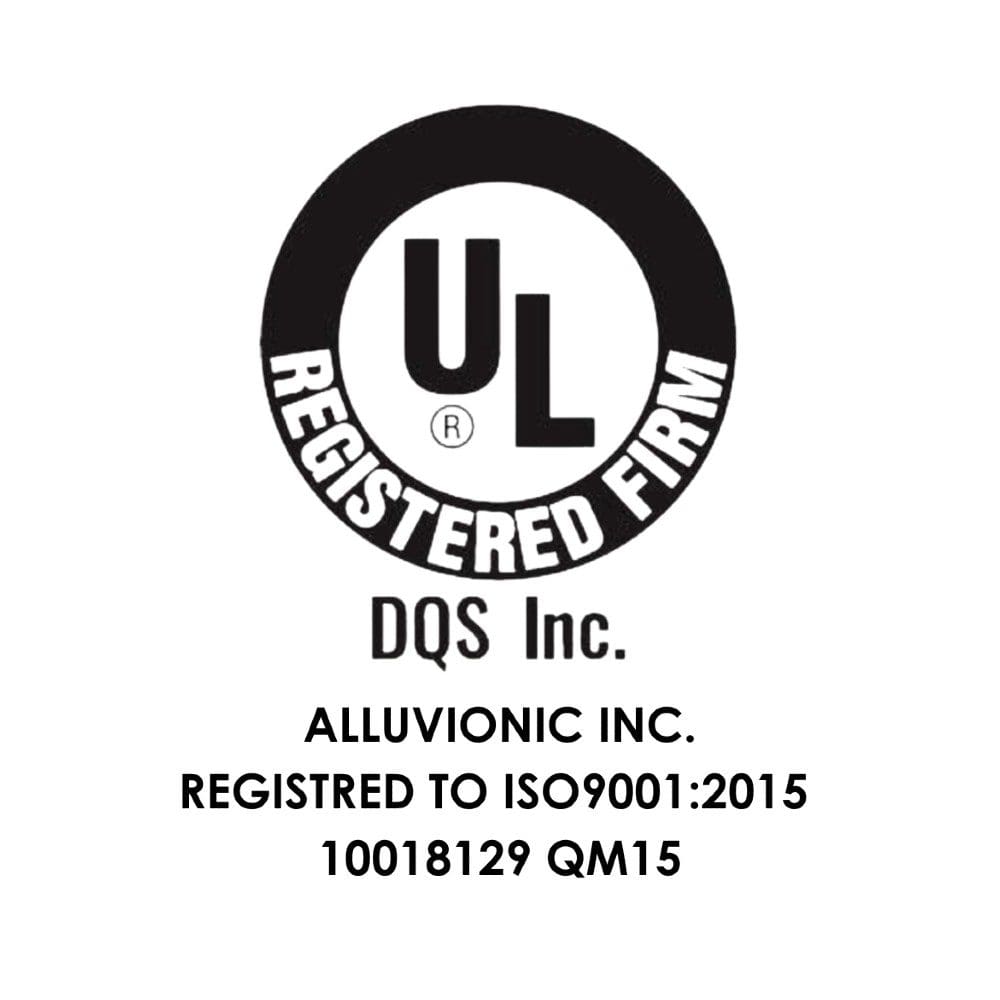Risk management is one of the most valuable skills any business can have. It is the process of identifying uncertainties, good or bad, and proactively managing those risks and opportunities. Managing all risks and opportunities means having a clear plan set with steps, tracking, and accountability.
In order to be successful, a business needs to be prepared for anything. Ignoring a risk does not mean it will go away and hoping that an opportunity does not make it happen. Taking action and being prepared is what really works, and that falls largely on risk management. Risk management is an active process. If you are not looking for risks and opportunities, you are not performing risk management. It is more than filling out a form and putting it aside. The risks are there, and acknowledging them is what allows a company to find the best outcome and use that to their advantage. In other words, risk management makes your business run more smoothly and see better results.
See The Good
The idea of risk management seems to have a stigma of having to always revolve around negatives and problems within a company. But the reality is, risk management can be a good thing too! The businesses that use risk management effectively use it for both the good and the bad in order to see the best possible outcomes of both.
Risk management is more than looking for negative possibilities within a project; it includes looking for potential opportunities as well. It is often difficult to have risk identification sessions to include opportunities because people generally think of risks as possible negative impacts. To combat this issue, hold separate Opportunity sessions to get people in the right mindset. This will yield more chances to improve the project’s performance, schedule, cost, and quality. These opportunities should be recognized and appropriately dealt with to give the project the benefits that are available (such as reduced time or budget or increased quality).
Steps:
-Planning: When planning your project, it is important to identify track milestones that are based on the project’s identified risks. Identifying key milestones and evaluating your progress against them allows you to see when your project is going off track earlier than if you are only tracking to high-level milestones. The earlier you spot a problem, the more likely it can be corrected.
-Identification: Identifying the risks and opportunities is the only place you can start when working on management. Decide as a team what the risks and opportunities are so that you can move forward. This process can be done through a brainstorm meeting, email requests, or taxonomy. Every team is different, so decide what works best for you. Just make sure that all stakeholders are represented during whatever process you select. Additionally, risk identification is not a one-time event. Remember that risks and opportunities evolve as the company evolves.
-Analyze & Prioritize: When is the last time you reviewed your risks with your team? If you cannot remember, then it has been too long. The frequency of when you formally review risks should be in your risk management strategy and plan. Doing so will give you a chance to analyze and prioritize those risks. Discuss the risks as a team and decide what needs to come first and what can wait, based on the analysis of each risk.
-Response Planning: When planning your project, it is important to identify track milestones that are based on the project’s identified risks. Identifying key milestones and evaluating your progress against them allows you to see when your project is going off track earlier than if you are only tracking to high-level milestones. The earlier you spot a problem, the more likely it can be corrected.
-Execution: This is where you get to put all of your planning to the test. The key in executing risk management is communication. For example, if a project is using shared resources, utilize the risk management process to escalate concerns related to those shared resources. Mitigation for this should include collaboration with the other Project Manager or management. Potential impacts should be carefully evaluated and communicated to the steering committee, and other stakeholders per the communication plan.
-Evaluation: In order to know if a process works or needs improvement, it must be evaluated. After all tasks have been completed, revisit your identification system and gather feedback on what your team thought about the risk management system. What worked and did not work?
-Updating Lessons Learned: Feed the process! If something did not go as planned or did not have the desired outcome, change it. All processes are subject to change and nothing has to remain set in stone. After all, doing the same thing over and over again expecting different results is the definition of crazy. So be open to change and update any process that needs it in order to see the growth and progress.
